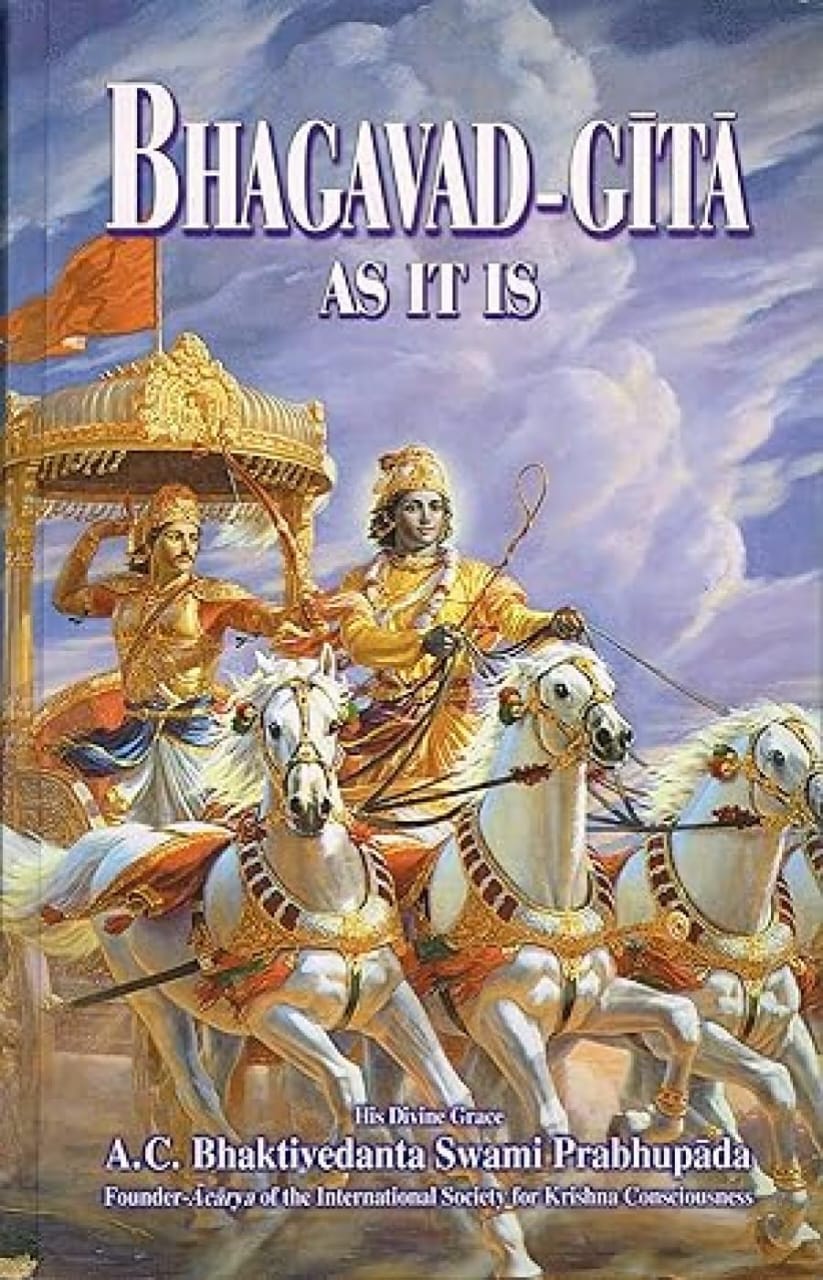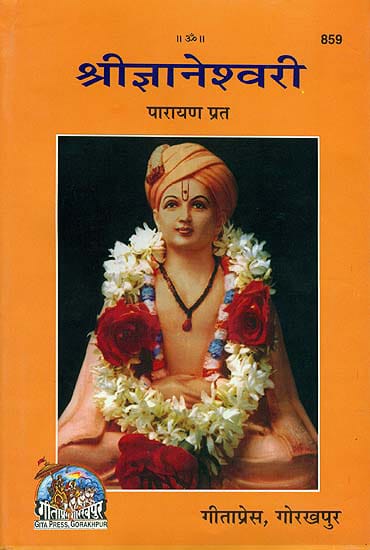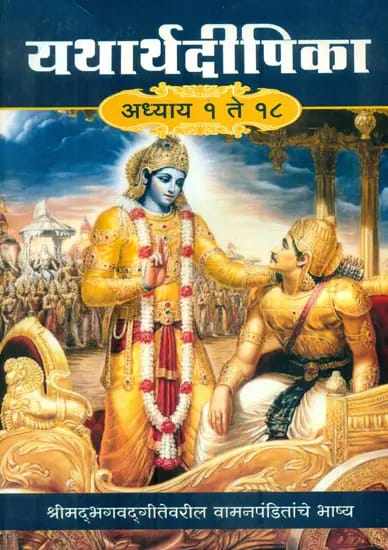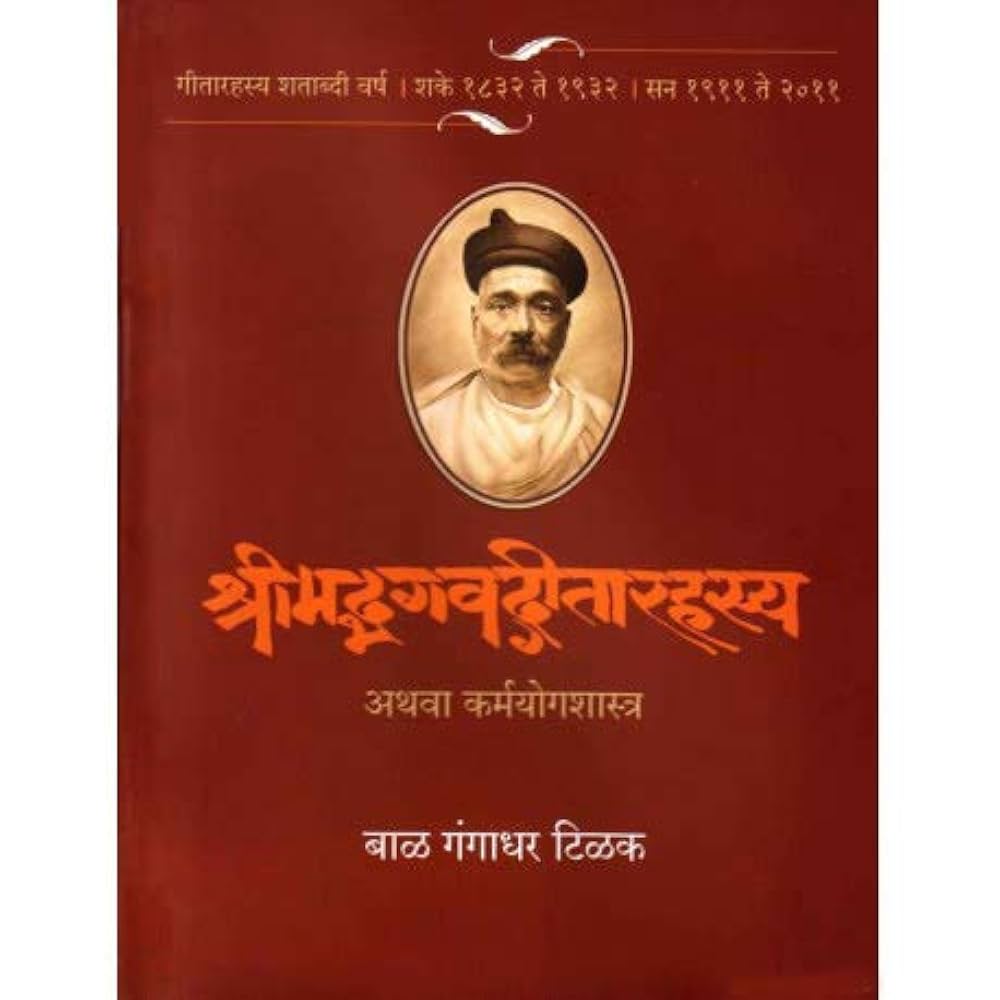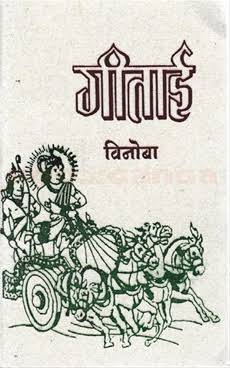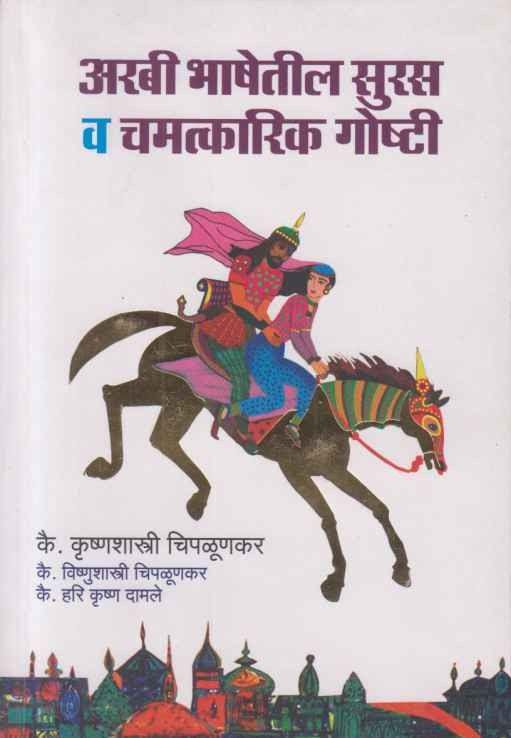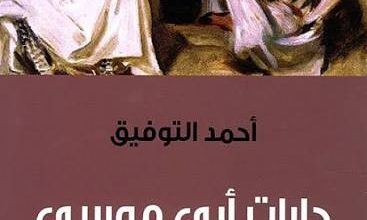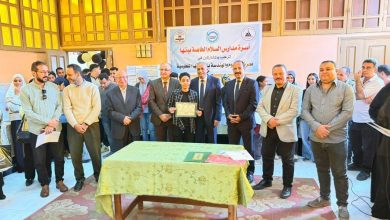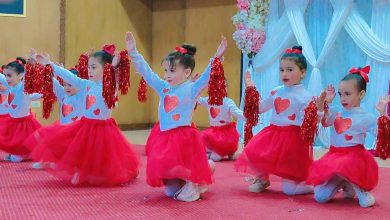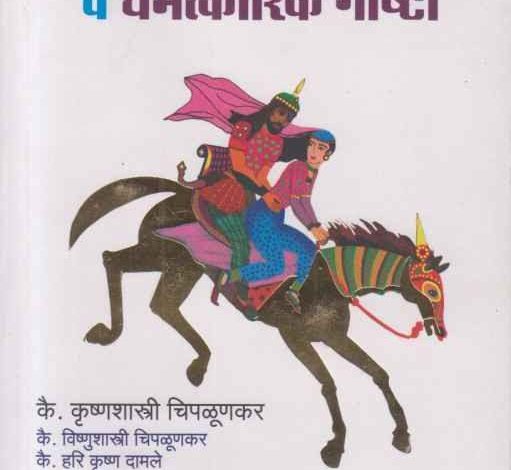
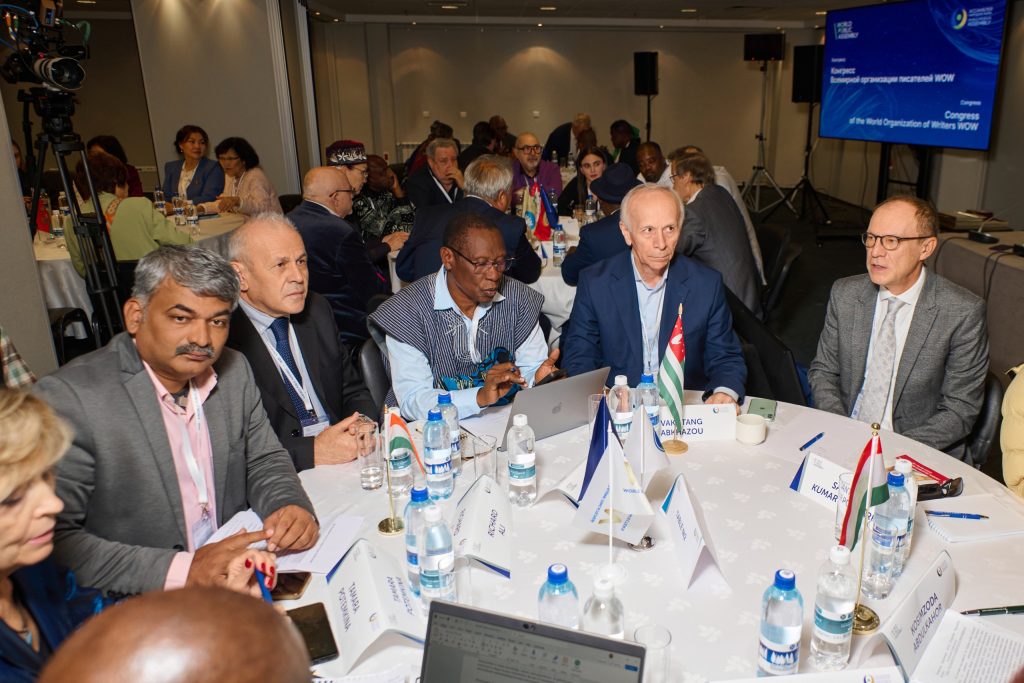
I present myself today as a translator emerging from the multilingual tradition of India. The act of prefixing my name with the term translator may appear natural in the present day, yet two or three centuries ago such a designation was scarcely used within Indian literary discourse.
I recall attending, nearly two decades ago, the release of the volume The Sociology of Translation. On that occasion, a discussion arose regarding why translation does not appear as an established tradition in Indian literary history. One possible explanation suggested was that translation implied “to speak after,” to reproduce which was already uttered. Within a predominantly oral culture, it may have been considered sufficient to perpetuate existing utterances rather to recognize a translator as an independent agent. However, such an explanation is inadequate.
India, by its very nature, is a multilingual nation. At present, there are twenty-four officially recognized languages, and beyond them, over one thousand dialects spoken by tribal, nomadic, and caste-based communities. In recent decades, voluntary linguistic surveys, undertaken by the public, have documented this immense variety.
Everyday experience confirms this multilingualism. In Degloor, a small town near my home town, one can overhear eight or nine languages spoken simultaneously at a bus stand. The speakers may be semi-literate or school dropouts, yet they switch with ease between Kannada, Telugu, Marathi, Urdu, Hindi, and Gormati (Banjara). In Kinwat, a tribal region, people converse in Marathi, Telugu, Kolami, Gondi, Gormati, and Multani. The ability to function fluently in four or more languages is, in India, not exceptional but ordinary. Historically, most Indians were at least bilingual or trilingual, navigating multiple languages with full competence.
This linguistic reality perhaps explains why the figure of the translator, as a distinct professional identity, never found a secure place in the Indian imagination. Prior to the arrival of the Portuguese and the British—and the interpreters who came with them—translation, in the Western sense of the term, was largely absent in India.
Nevertheless, this absence does not imply that Indian writers failed to engage with texts in other languages. They did so extensively. However, the works thus produced were not perceived as translations but as independent creations. Epics such as the Ramayana, the Mahabharata, and the Bhagavata Purana have commentaries and interpretative texts across all major Indian languages. Each of them is regarded within its linguistic context as an original work.
In Marathi, more than one hundred texts based on the Bhagavad Gita were composed before the colonial period. These include Sant Jnaneshwar’s Bhavarthdipika (Jnaneshwari), Vaman Pandit’s Yatharthdipika, Sant Eknath’s Gitasara, Lokmanya Tilak’s Gitarahasya, and Vinoba Bhave’s Gitai, among many others. Although all are rooted in the Gita, each reframes its philosophy within the cultural, temporal, and stylistic context of Marathi literature. They are never described as translations but as autonomous works. When comparisons with the Sanskrit original are made, attention is directed not toward equivalence but toward divergence, and it is through this divergence that the works attain value.
Thus, in medieval Indian literary culture, the translator was never merely a reproducer of text. Rather, he was considered a creator, one who granted a text a rebirth in another language. This role was acknowledged and legitimized by centuries of literary tradition. From this perspective, the Indians view the translator not only as a co-author but, often, as an independent author.
The creative engagement of Marathi writers extended beyond interpretative literature. Many produced original works and frequently wrote in more than one language. In recent history, figures such as Dilip Chitre, Arun Kolatkar, Kiran Nagarkar, and Vilas Sarang wrote with equal authority in Marathi and English. In the medieval period, Sant Namdev’s compositions gained recognition both in Marathi and in Hindi.
Similarly, many scholar-poets were proficient in Sanskrit, while some, like Ramchandrapant Amatya, were also well-versed in Persian and Arabic.
This points to a distinctive feature of Indian intellectual tradition: texts were not regarded merely as sources of knowledge but as the instruments of life-development. Even today, ritual recitation (parayan) of the texts such as the Jnaneshwari continues in Maharashtra, demonstrating the living relationship between literature and society.
The emphasis, however, was always on original creation. After completing the Jnaneshwari, Sant Jnaneshwar was instructed by his guru, Nivrittinath, to compose an original work, which led to Amritanubhava. This indicates that even eight centuries ago, originality was privileged over faithful translation. Debates on the quality of translations also occurred: Vaman Pandit, for instance, defended the superiority of his Yatharthdipika over the Bhavarthdipika.
There are rare cases where the word “translation” itself was employed. In seventeenth-century Goa, Joao de Pedrosa translated Bernardino de Villegas’s Spanish Soliloquios Divinos into Konkani, titling it Devanchi Ekangra Bolni (“Divine Monologues”). Apart from such exceptions, and the missionary efforts of the Portuguese, Indian literary practice did not commonly use the term translation.
By the early nineteenth century, however, translation entered into Marathi literature formally. The establishment of the Serampore press in 1805 led to the publication of many translated works. The Native Education Society (1822) further institutionalized translation, offering prizes ranging from four hundred to five thousand rupees. This period is recognized in Marathi literary history as the “Age of Translation,” sometimes referred to as a Tamoyuga (dark age).
Yet, the critical question remains: what did Indian literature gain from embracing translation in this sense? As a translator of poetry, I often encounter the limitations of the process. Poetry thrives on multiplicity of meaning. In translation, this plurality is frequently lost. The translator is compelled to render one to interpret into his own language, whereas a work such as the Jnaneshwari, composed eight centuries ago, continues to generate innumerable interpretations.
To remain only a translator, in the narrow sense, is therefore a defeat. True translation involves complete immersion in the original text and its rebirth in the translator’s language. Only in such an act the translator does attain the stature of co-author, or indeed, of an independent author.
(Speech read at the Round Table Conference of the 2nd Congress of World Organization of Writers held in Moscow, Russia, on September 20 and 21, 2025.)

